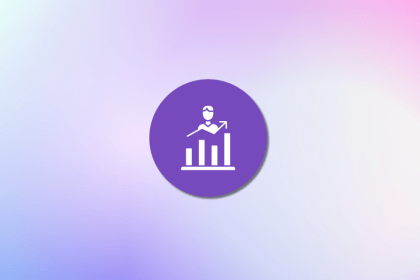
Keep the lights on refers to everything that comes between your product and your customers receiving its promised value.

Memos don’t have to be complicated. Just keep them clear, concise, and focused on actionable items. More on that in this blog.

A greenfield project is one that does not have any existing infrastructure or legacy systems — i.e., a project built from scratch. Learn the benefits, drawbacks, and five stages of greenfield projects.

Buyer persona interviews provide valuable insights — assuming you time them right. Learn to find the right length for your interviews.

A proactive approach to technical debt leads to faster recovery, better performance, and a healthier product. With the right strategies, you can manage it without sacrificing innovation.

Microservices architecture transforms how we build applications, but what does that mean for a product manager? In this blog, I talk about why mastering microservices is essential for modern product management.

As a product manager, you need to strike the right balance between high-level strategic thinking and detailed execution.

Bring Six Sigma’s approach and its DMAIC process to your next product analysis to solve project problems and implement lasting solutions.

“What if” analysis helps product and tech teams create a plan that accounts for various hypothetical situations.

Data-driven road mapping refers to the process of using quantitative and qualitative data to create a roadmap for a digital product.

In this post, I share the story of a team that overcame declining productivity through effective specialization, clear missions, and gradual change.

Prosci is a change management leader, renowned for its research-driven approach to managing and implementing change.